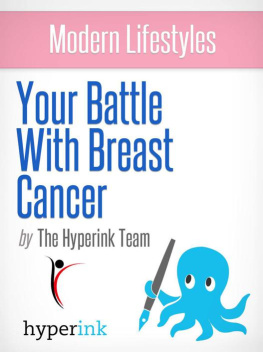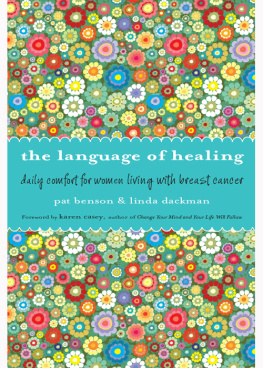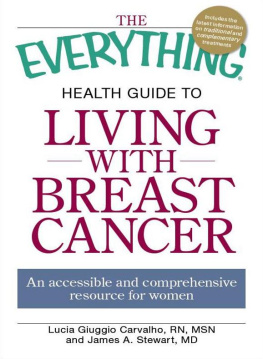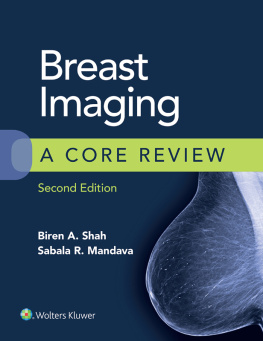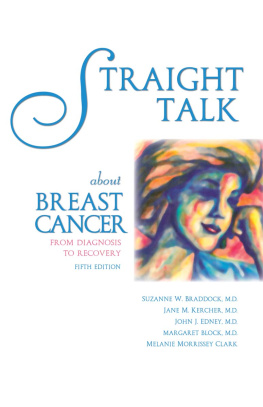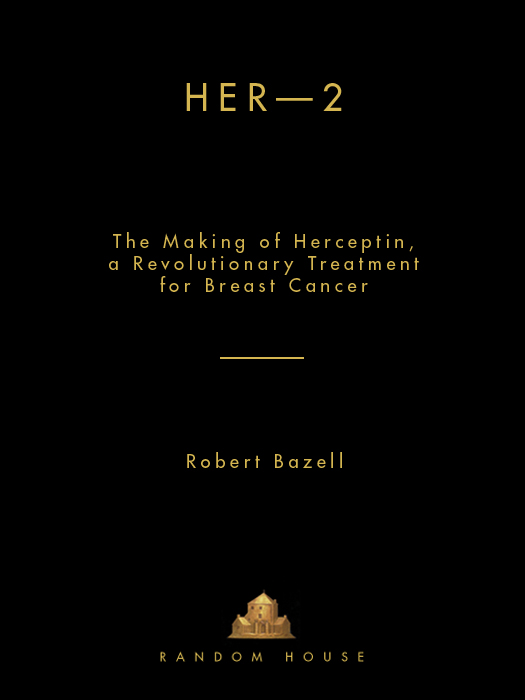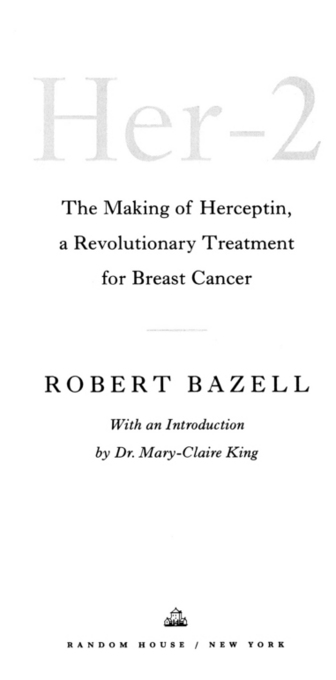Robert Bazell - Her-2: The Making of Herceptin, a Revolutionary Treatment for Breast Cancer
Here you can read online Robert Bazell - Her-2: The Making of Herceptin, a Revolutionary Treatment for Breast Cancer full text of the book (entire story) in english for free. Download pdf and epub, get meaning, cover and reviews about this ebook. year: 2011, publisher: Random House Publishing Group, genre: Art. Description of the work, (preface) as well as reviews are available. Best literature library LitArk.com created for fans of good reading and offers a wide selection of genres:
Romance novel
Science fiction
Adventure
Detective
Science
History
Home and family
Prose
Art
Politics
Computer
Non-fiction
Religion
Business
Children
Humor
Choose a favorite category and find really read worthwhile books. Enjoy immersion in the world of imagination, feel the emotions of the characters or learn something new for yourself, make an fascinating discovery.

- Book:Her-2: The Making of Herceptin, a Revolutionary Treatment for Breast Cancer
- Author:
- Publisher:Random House Publishing Group
- Genre:
- Year:2011
- Rating:3 / 5
- Favourites:Add to favourites
- Your mark:
Her-2: The Making of Herceptin, a Revolutionary Treatment for Breast Cancer: summary, description and annotation
We offer to read an annotation, description, summary or preface (depends on what the author of the book "Her-2: The Making of Herceptin, a Revolutionary Treatment for Breast Cancer" wrote himself). If you haven't found the necessary information about the book — write in the comments, we will try to find it.
Her-2 is the biography of Herceptin, the drug that provoked dramatic responses in Barbara Bradfield and other women in the trials and that offers promise for hundreds of thousands of breast cancer patients. Unlike chemotherapy or radiation, Herceptin has no disabling side effects. It works by inactivating Her-2/neua protein that makes cancer cells grow especially quickly produced by a gene found in 25 to 30 percent of all breast tumors. Herceptin caused some patients cancers to disappear completely; in others, it slowed the progression of the disease and gave the women months or years they wouldnt otherwise have had. Herceptin is the first treatment targeted at a gene defect that gives rise to cancer. It marks the beginning of a new era of treatment for all kinds of cancers.
Robert Bazell presents a riveting account of how Herceptin was born. Her-2 is a story of dramatic discoveries and strong personalities, showing the combination of scientific investigation, money, politics, ego, corporate decisions, patient activism, and luck involved in moving this groundbreaking drug from the lab to a patients bedside. Bazells deft portraits introduce us to the remarkable people instrumental in Herceptins history, including Dr. Dennis Slamon, the driven UCLA oncologist who played the primary role in developing the treatment; Lily Tartikoff, wife of television executive Brandon Tartikoff, who tapped into Hollywood money and glamour to help fund Slamons research; and Marti Nelson, who inspired the activists who lobbied for a compassionate use program that would allow women outside the clinical trials to have access to the limited supplies of Herceptin prior to FDA approval of the drug. And throughout there are the stories of the heroic women with advanced breast cancer who volunteered for the trials, risking what time they had left on an unproven treatment. Meticulously researched, written with clarity and compassion, Her-2 is masterly reporting on cutting-edge science.
Robert Bazell: author's other books
Who wrote Her-2: The Making of Herceptin, a Revolutionary Treatment for Breast Cancer? Find out the surname, the name of the author of the book and a list of all author's works by series.

